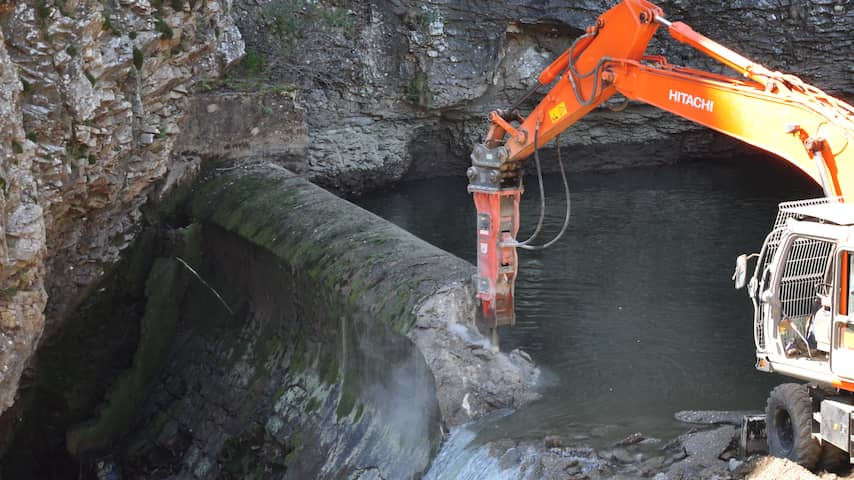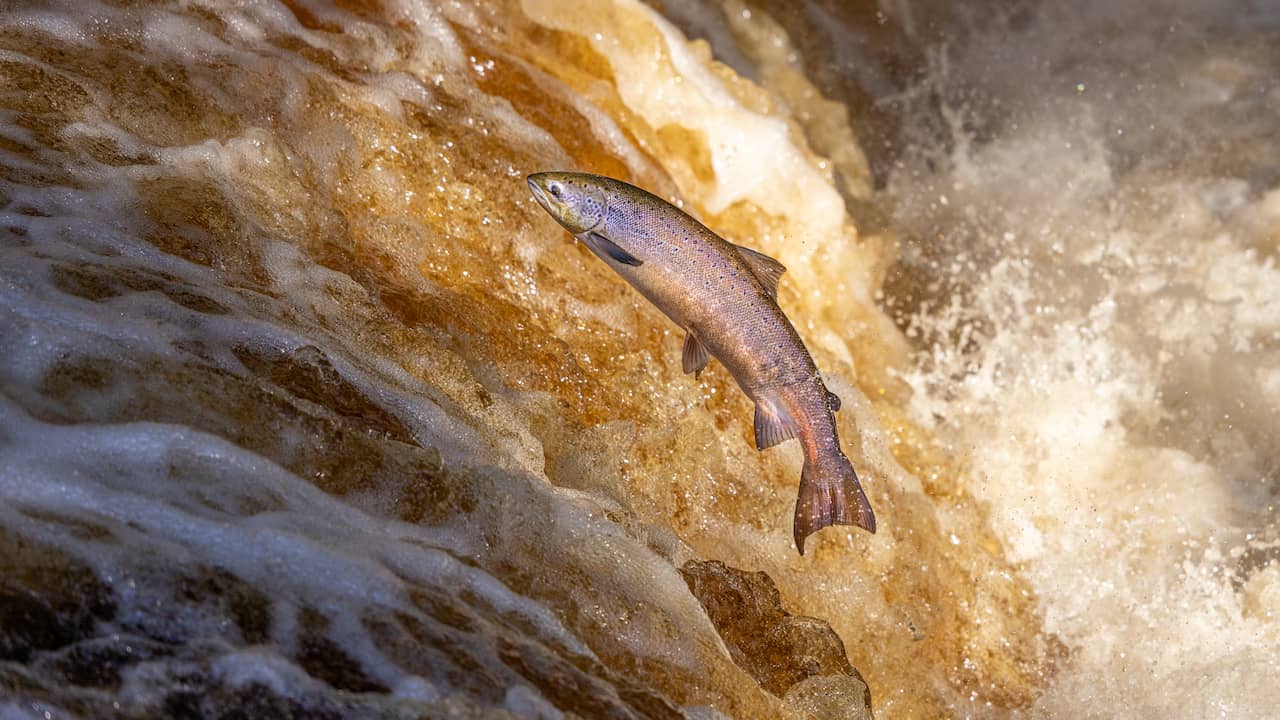A record number of dams were removed from rivers in Europe last year. This concerns 325 dams, 36 percent more than in 2021. By removing dams, migratory fish can migrate and reproduce better and nature can take its course.
River dams were removed in sixteen European countries. Spain is the leader with 133 dams. Eight dams were demolished in the Netherlands last year.
The numbers come from one new report van Dam Removal Europe. The World Wildlife Fund (WWF) is part of this organization that protects and restores nature and animals.
Removing dams gives almost immediate results. The water can start flowing immediately. This allows migratory fish, such as salmon and sea trout, to migrate to reproduce in other places. As a result, an Atlantic salmon was seen again in French rivers and young salmon have also been found in Finland, where they had previously disappeared.
Migratory fish provide food for other animals
So it is good for fish stocks. “Migration fish can swim freely and undisturbed. This also provides food for other animals in and around the river, such as otters and bears,” Merijn Hougee, an expert at the WWF, told NU.nl.
Running water rubs against the bottom and sides of the river, spreading sand and clay. This restarts natural processes such as erosion.
“All in all, it is good for nature and animals. A dam locks up the water, so that both cannot go in any direction,” says Hougee. Another big advantage is the smaller chance of flooding because the water can take its course.
You may wonder why the dams were built in the first place. “It’s not always clear,” says Hougee. “Some dams used to have a function such as generating electricity or as a water reservoir for a farmer.” But these functions are often no longer necessary today.
Hoe wordt een dam verwijderd?
Grote dammen worden met explosieven kapot gemaakt en vervolgens opgeruimd. Als het om kleinere dammen gaat, worden bulldozers, graafmachines en sloophamers gebruikt. In Oekraïne werd een houten dam met de hand afgebroken.
150,000 unused dams in Europe
The consequence of the construction of many dams is the fragmentation of rivers and therefore the loss of biodiversity. In Europe, the number of migrating freshwater fish decreased by 93 percent. Worldwide, this is a decrease of 76 percent.
In 2022, mainly obsolete weirs will be removed. Previous research has shown that there are around 150,000 unusable barriers in Europe. More demolition projects are therefore planned this year. Dams will be removed in Slovenia, Croatia and Slovakia, among others. WWF states that eventually thousands of weirs will have to be removed each year.
In the Netherlands, the dams are managed and removed by the water boards. They were often built to maintain the groundwater level. Last year a number of them in the Dommel were removed. “Furthermore, we have very few unused dams,” says Hougee.
We are curious about your opinion on this article. Click here to leave your feedback in a short one-minute questionnaire.

Ontvang meldingen bij dierennieuws
2023-05-02 16:24:36
#Record #number #European #dams #removed #good #animals #nature


